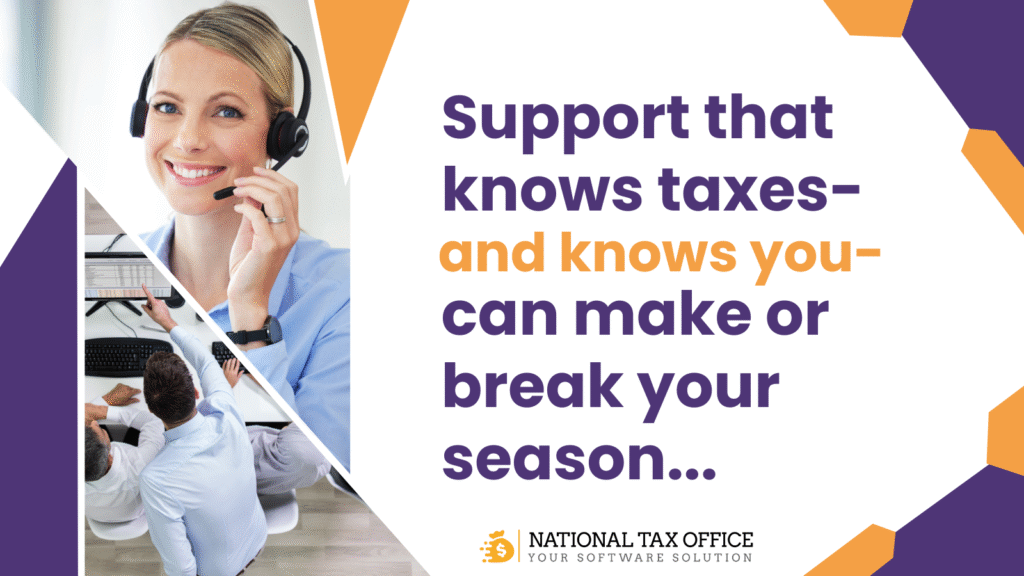The IRS has officially confirmed a change that will affect millions of Americans: paper tax refund checks are on their way out. Beginning with individual taxpayers, the agency will gradually stop issuing paper checks and move refunds entirely to electronic delivery.
This shift is designed to make refunds faster, safer, and more cost-effective. But what does it mean for everyday taxpayers, and how should tax professionals prepare? Let’s break it down.
Why the IRS Is Making This Change
For years, the IRS has promoted direct deposit as the preferred way to receive a refund. And with good reason. Direct deposit is:
- Faster – Most refunds are delivered in less than 21 days, compared to the six weeks or longer it can take for a paper check to arrive by mail.
- Safer – Paper checks can be lost, delayed, or stolen. Electronic deposits go straight into the taxpayer’s account.
- Cheaper – Processing electronic payments costs the IRS far less than printing and mailing millions of checks every year.
In short, moving to all-electronic refunds helps taxpayers and saves government resources.
Who Will See the Change First?
The phase-out starts with individual taxpayers. If you usually request a paper refund check, that option is going away. Instead, you’ll need to provide direct deposit information or select another electronic option, such as a prepaid debit card that accepts deposits.
Businesses and other types of filers will be included in later stages until the entire refund process is paperless.
How Taxpayers Can Prepare
If you or someone you know typically relies on a paper check, the time to get ready is now.
- Set up a bank account if you don’t already have one. Most refunds will go directly into a checking or savings account.
- Consider prepaid debit cards if traditional banking isn’t an option. Many cards can accept direct deposit refunds.
- Double-check your numbers. Even one mistake in routing or account information can delay your refund.
- Help family members adjust. Older taxpayers or dependents may need assistance transitioning away from checks.
A little preparation today can prevent big headaches once paper refunds are completely eliminated.
What This Means for Tax Professionals
For tax preparers and Service Bureaus, this change is more than just a policy update—it’s a chance to add value for clients.
By guiding taxpayers through the switch to electronic refunds, professionals can build stronger relationships and reduce refund-related issues. No more calls from clients wondering where their paper check is. No more delays due to lost mail. Instead, refunds arrive quickly and securely, making everyone’s life easier.
Updating intake forms to capture accurate bank details, offering resources for unbanked clients, and educating taxpayers about the benefits of direct deposit are all simple steps that make a big difference.
Real-Life Scenario
Consider two taxpayers who file their returns on the same day.
- One provides bank account information for direct deposit and receives their refund in just over two weeks.
- The other requests a paper check. Six weeks later, it still hasn’t arrived—and when it finally does, it’s been misdelivered, adding even more delays.
The IRS’s move to eliminate paper checks ensures that every taxpayer will have the experience of the first filer: quick, safe, and hassle-free refunds.
Timeline for the Phase-Out
The IRS has already begun phasing out paper checks with individual taxpayers during the 2025 filing season. While an exact end date hasn’t been announced, the agency’s goal is to have all refunds issued electronically within the next few years.
That means taxpayers should act now to avoid problems in upcoming filing seasons.
Frequently Asked Questions
When will paper refund checks officially stop?
The phase-out starts in 2025 for individuals and will continue over the next few filing seasons until all checks are eliminated.
What if I don’t have a bank account?
You can use a prepaid debit card that accepts direct deposits as an alternative.
Will there be any exceptions?
At this time, the IRS has not announced exceptions. The long-term plan is to end paper refunds entirely.
Is direct deposit really safe?
Yes. Direct deposit is the most secure method for receiving refunds because it eliminates the risks of theft or lost mail.
How do I avoid refund delays?
Carefully review your routing and account numbers before submitting your return. Even small errors can cause problems.
The Bottom Line
The end of paper refund checks is a big change, but it’s also a positive one. Refunds will be delivered faster, more securely, and more efficiently.
For taxpayers, the key is preparation—making sure you have an account or card ready to accept electronic deposits. For tax professionals, this is an opportunity to provide extra guidance and support, ensuring clients have a smooth transition.
The future of tax refunds is digital, and the transition starts now.


